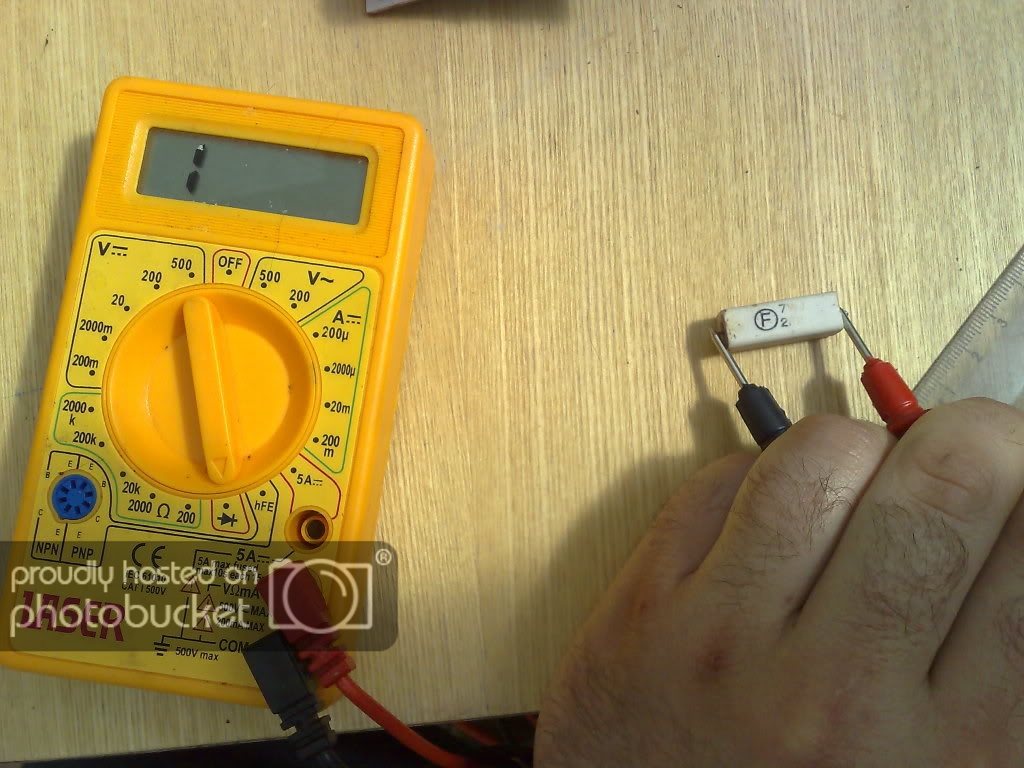hi everyone i am completely new to the site so please bear with me.
i have a mig welder and i suspect the pcb is at fault could anyone help me identify the pcb and what you think my problem could be
basically the power to the motor(12v) has stopped. the 12v feed should go to the wire arrowed


thanks in advance for any help
i have checked the continuity throughout the pcb so can only assume it is one of the components .
looking at the pcb tracks it looks like it is the big white resistor? on top
soz im not the best with terminology
i have a mig welder and i suspect the pcb is at fault could anyone help me identify the pcb and what you think my problem could be
basically the power to the motor(12v) has stopped. the 12v feed should go to the wire arrowed


thanks in advance for any help
i have checked the continuity throughout the pcb so can only assume it is one of the components .
looking at the pcb tracks it looks like it is the big white resistor? on top
soz im not the best with terminology
Last edited:


